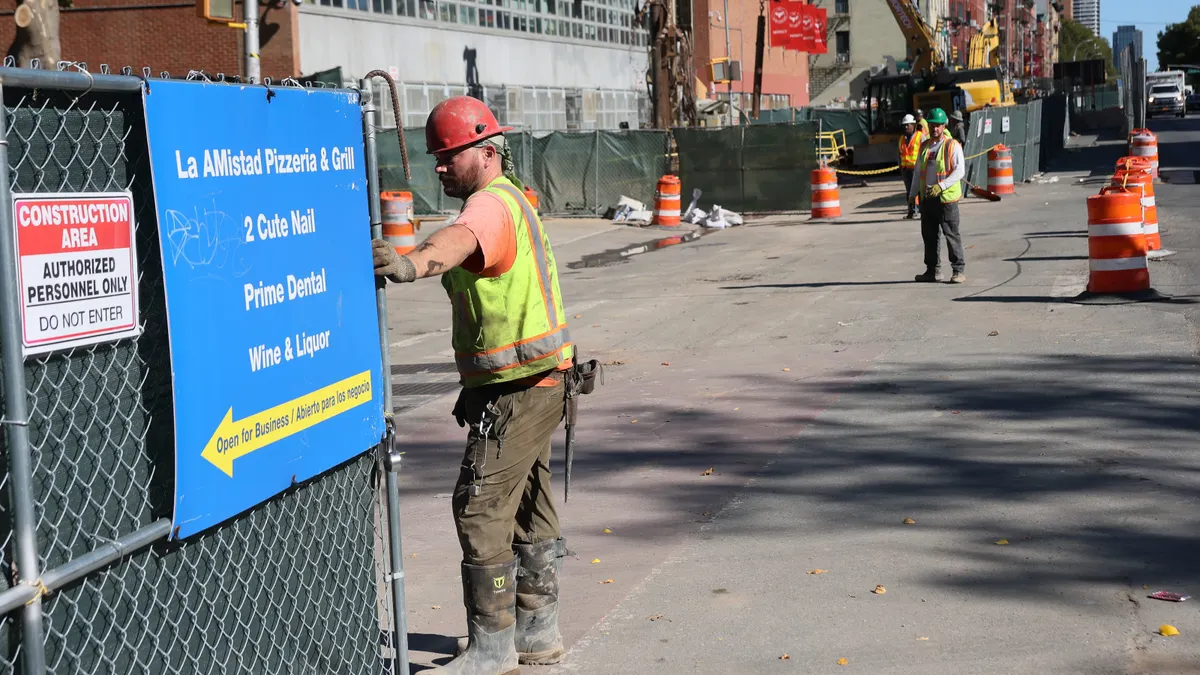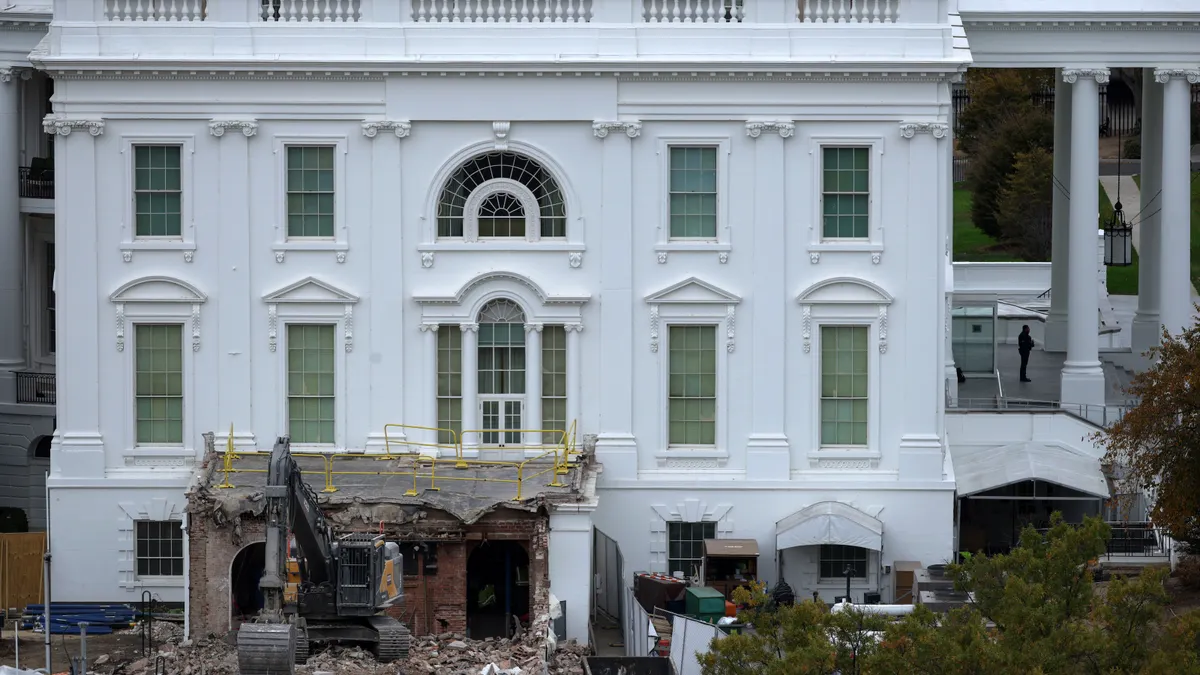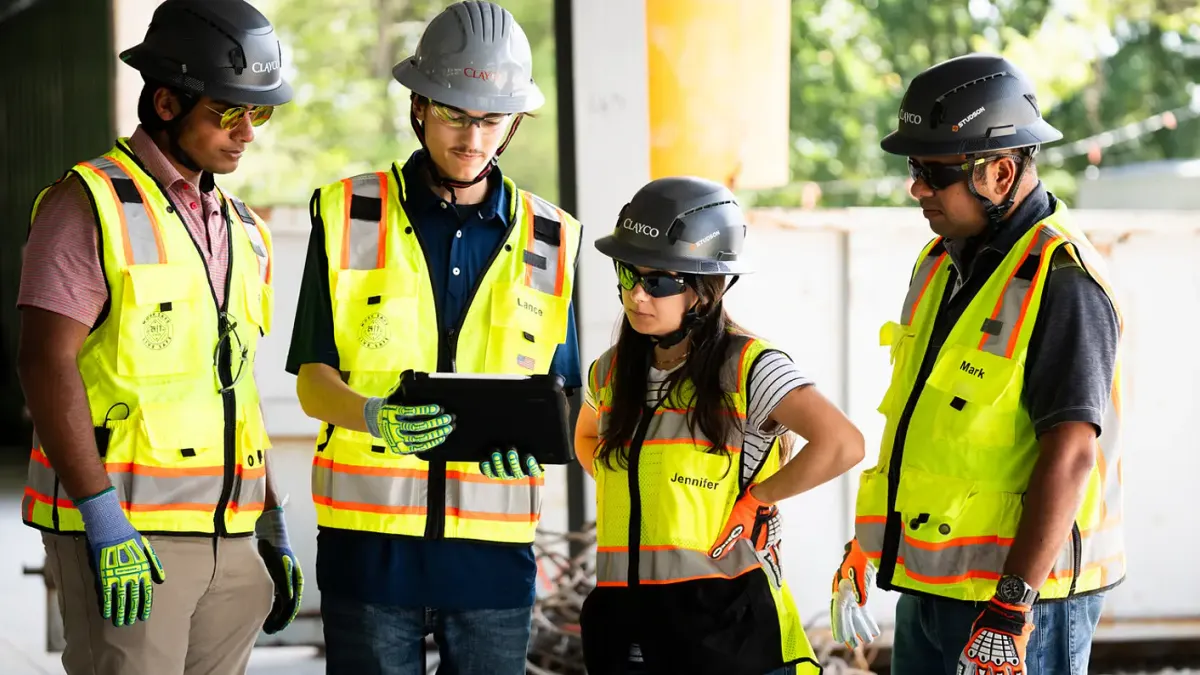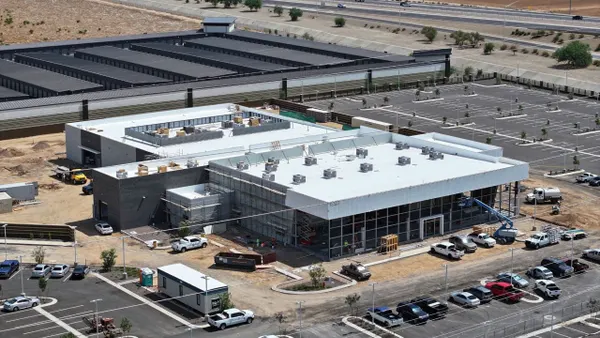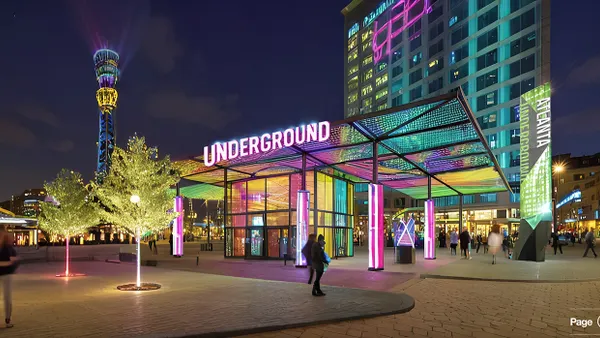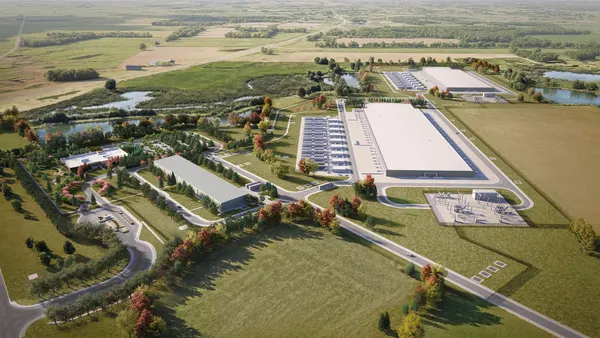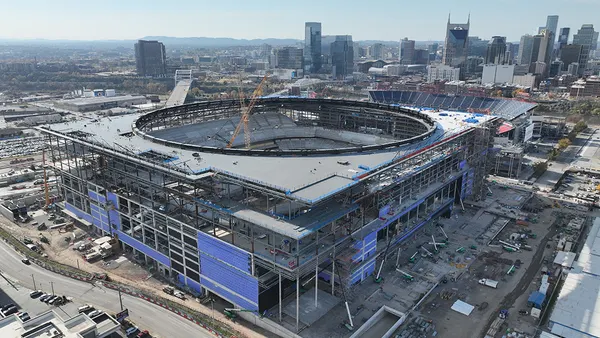Dive Brief:
- Rising costs and slowing deal flow are pressuring contractors’ pipelines, said Anirban Basu, chief economist at Associated Builders and Contractors, during an Oct. 8 webinar on construction’s outlook.
- Firms active in data center work report about 12 months of backlog, but high input and labor costs are putting a dent in contractors’ books across other categories, according to ABC’s latest survey.
- If borrowing costs fall and federal infrastructure spending is renewed, Basu expects starts to pick back up, but not until late 2026 or 2027.
Dive Insight:
The latest ABC economic forecast signals a more challenging stretch ahead for construction leaders. Along with materials and labor costs, tightening financing conditions could limit project profitability and delay new groundbreakings into next year, according to ABC.
“This is the key issue I think for many contractors going forward: interest rates,” said Basu. “One of the things I hear from contractors is, at least some contractors not working on data center projects, deal flow is drying up.”
Data center projects now make up the bulk of private nonresidential construction, as contractors on those sites report roughly 12 months of backlog. But that runway is cut by a third, to about eight months, for contractors outside the data center space.
Data center construction momentum will likely persist through at least 2027, said Basu, though he cautioned it may ultimately prove speculative if artificial intelligence returns fall short.
“It’s not obvious to me that these companies investing these tens of billions of dollars on AI infrastructure are going to receive much a rate of return. If they don’t start returning nicely on this investment, at some point, you will see an end to this data center construction movement,” said Basu. “But I don’t think that’s 2025, 2026 or even 2027. I think you’re going to see that data center construction boom persist through the next two years at least.”
Outside of AI-related construction, contractors report cooling conditions in commercial activity, said Basu. That’s largely due to financing challenges and new construction saturation in certain markets, such as Nashville, Tennessee; Tampa, Florida; Austin, Texas; and Denver, said Basu.
“Projects are no longer penciling out from a pro forma perspective,” said Basu. “Delivery costs have increased, construction costs have increased, job creation is not what it used to be.”
Leasing for distribution and warehouse space has also slowed sharply, in part due to tariffs.
“If you’re not importing the item, it doesn’t have to go through a distribution center,” said Basu. “Therefore, you don’t have as many leases.”
Manufacturing construction, once a leading engine of nonresidential activity, has also begun to lose momentum. Basu said tariffs and political uncertainty have reduced the pace of reshoring, as producers weigh whether it’s worth it to build now or wait.
“Tariffs are actually producing less investment in manufacturing facilities,” said Basu. “That actually is consistent with what we’re seeing in the manufacturing construction data.”
Publicly funded work has acted as a lifeline for infrastructure contractors for much of this year, but that support may not last indefinitely. Federal funding under the Infrastructure Investment and Jobs Act expires in September 2026, and state and municipal budgets are weakening.
“Financing for public projects has sort of dried up recently, there’s not as many RFPs for public work projects right now. That’s a shared experience for much of the country,” said Basu during the webinar. “For those contractors that have been busy on the infrastructure side … we might see a slowdown in expenditures and demand for their services.”



